Computation and Construction in Architecture (CoCoA) Lab
School of Architecture, Design and Planning
School of Architecture, Design and Planning



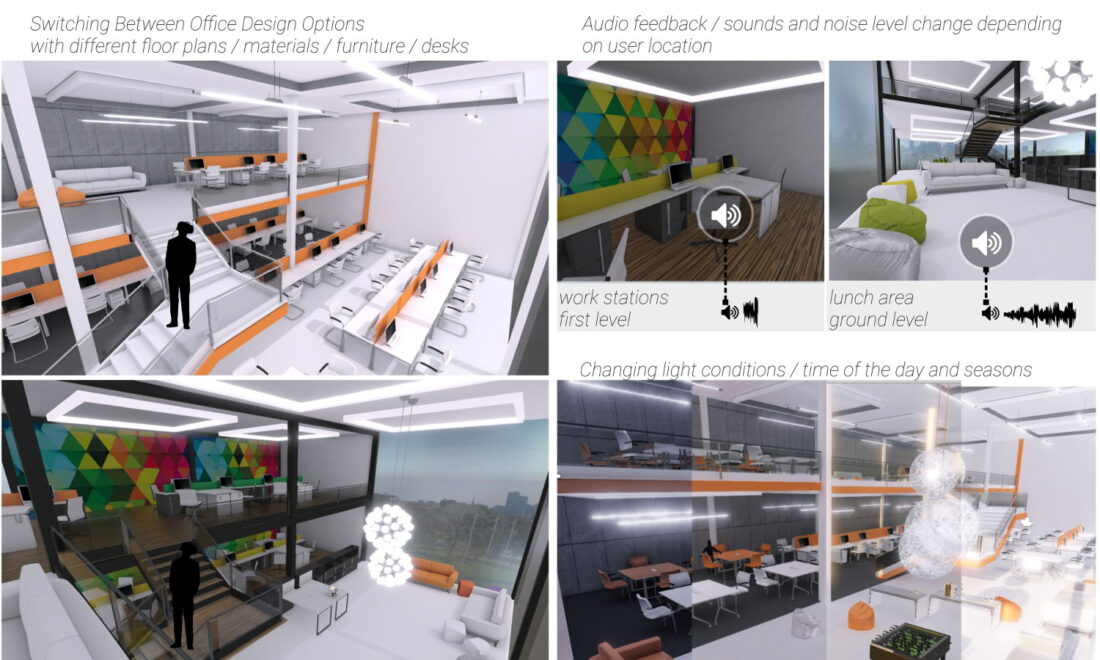
Illustration of user experience with VR P-OET
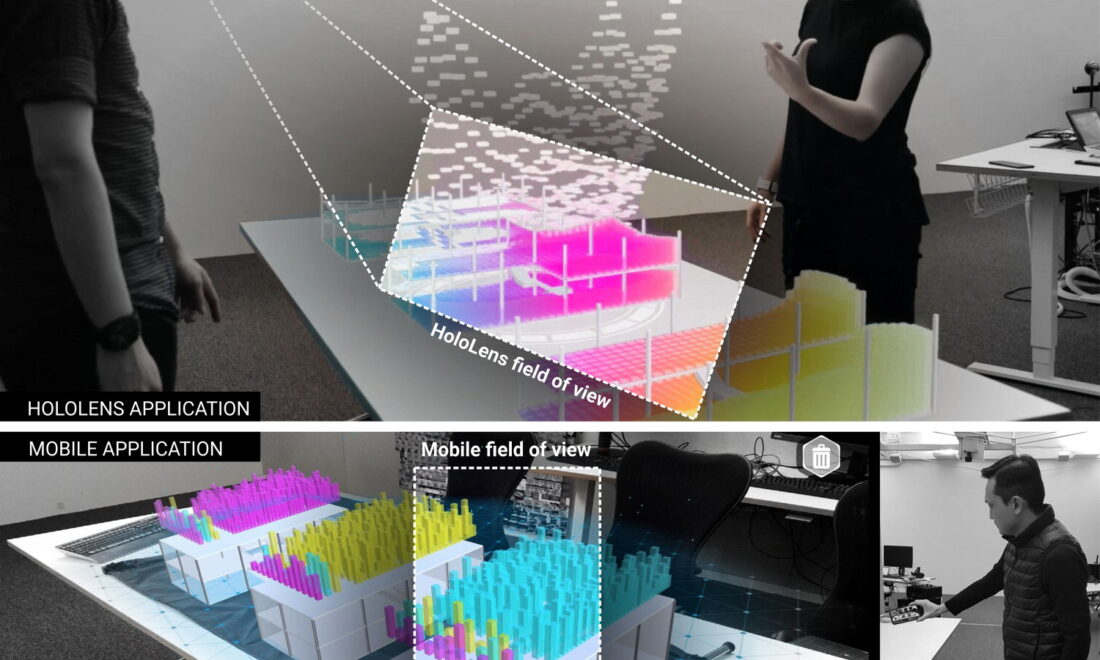
interactive data visualization using AR POET with typical clipping plane of HoloLens hardware overlaid (field of view) and via smart phone



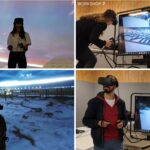


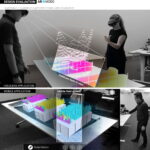

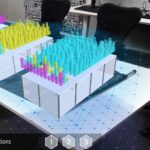

Multi-sensory evaluation of designs enabled by virtual technologies
The overarching goal of this project is to enable the use of pre-occupancy evaluation of buildings and architectural spaces that would allow architecture to be proactive instead of reactive, providing occupancy feedback before buildings are built. The aim of this research is to develop a holistic methodology for multi-sensory pre-occupancy evaluation within VR environments, and to close the loop between Post-Occupancy Evaluation (POE) and pre-occupancy. The project focuses on the immersive multi-sensory assessment of qualitative metrics of building performance enabled by advanced digital technologies. It will examine how the qualitative aspects of post-occupancy evaluation can be brought forward to the early pre-BIM (Building Information Modelling) stages. Recent advances in performance and availability of VR technology provide novel opportunities, overcoming previous limitations with traditional desktop- based simulations. The project will harness this potential to address the lack of meaningful qualitative simulation and testing at the crucial early design stages, where the most added value can be delivered at the least cost.
Virtual reality (VR) can be a game changer in this respect, as it provides unique opportunities by enabling fully-immersed life-like experiences, opening doors for virtual occupancy of architectural built environment spaces. With the growing adoption of VR technology for immersively experiencing simulations, this project is the first to investigate the use of multi-sensory pre-occupancy evaluation in VR to provide rapid qualitative assessment of design options and inform decision-making in architecture. The study builds upon the foundation of existing knowledge on both post- and pre- occupancy evaluation methods and leverages from the affordances of VR and four-dimensional spatial computation technologies.
This research project explores how the qualitative aspects of Post-Occupancy Evaluation can be brought forward, extending towards multi-sensory pre-occupancy of architectural spaces. This is not to suggest POE should not continue. Clearly there will be limits to what can be achieved with computer simulations, versus actual occupation. The aim of this project is to provide novel opportunities that include the virtual occupation of buildings prior to construction that is enabled by recent availability of immersive VR technologies, extending sensory experiences of users beyond purely visual. This project proposes that pre-occupancy assessment can address the relative lack of qualitative simulation at the crucial early stages (Fig. 1), where the most added value can be delivered at the least cost.
Our prototype uses Augmented Reality (AR) technology to compare design options where interactive Our project enables new knowledge to be generated on the best practices for designing and developing fully-immersive occupancy simulations. Virtual fully-immersive multi-sensory pre-occupancy assessment of architectural spaces, such as commercial offices, public buildings, complex industrial sites or residential housing, would allow stakeholders to test various custom scenarios and gather targeted feedback from future occupants at the very early pre-production design stages. This methodology will be just as beneficial not only for unbuilt architectural projects but also for the existing building stock – testing different retrofitting scenarios.